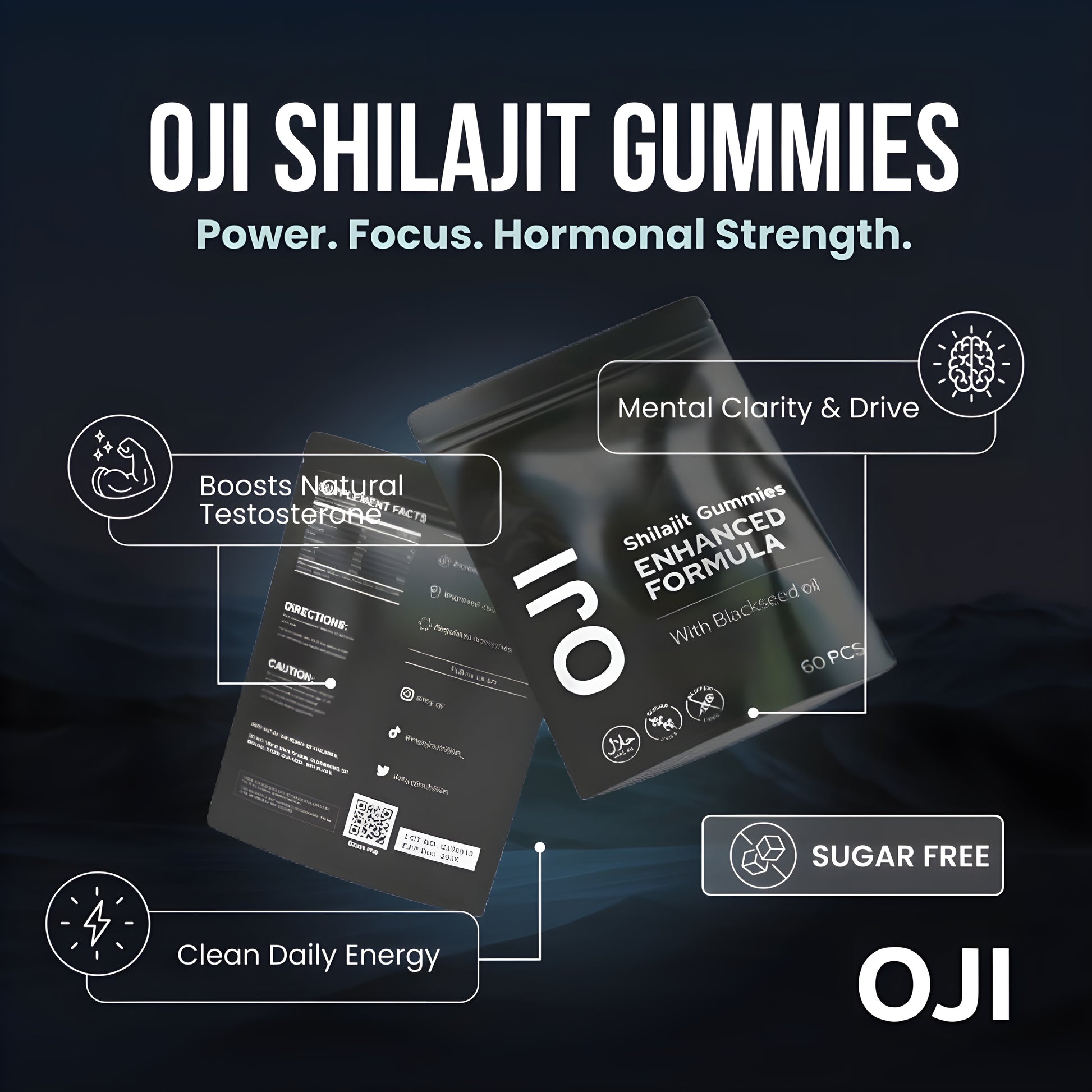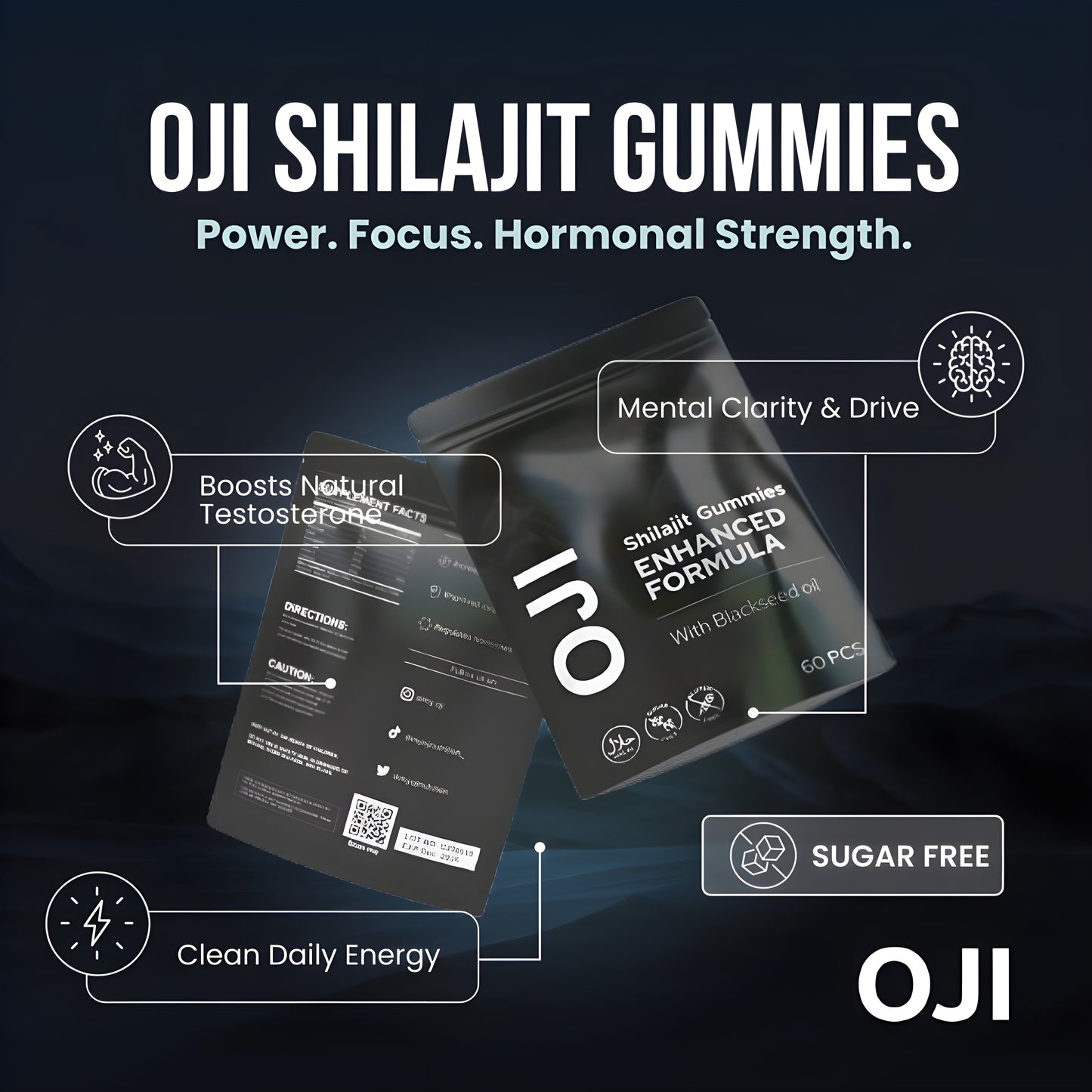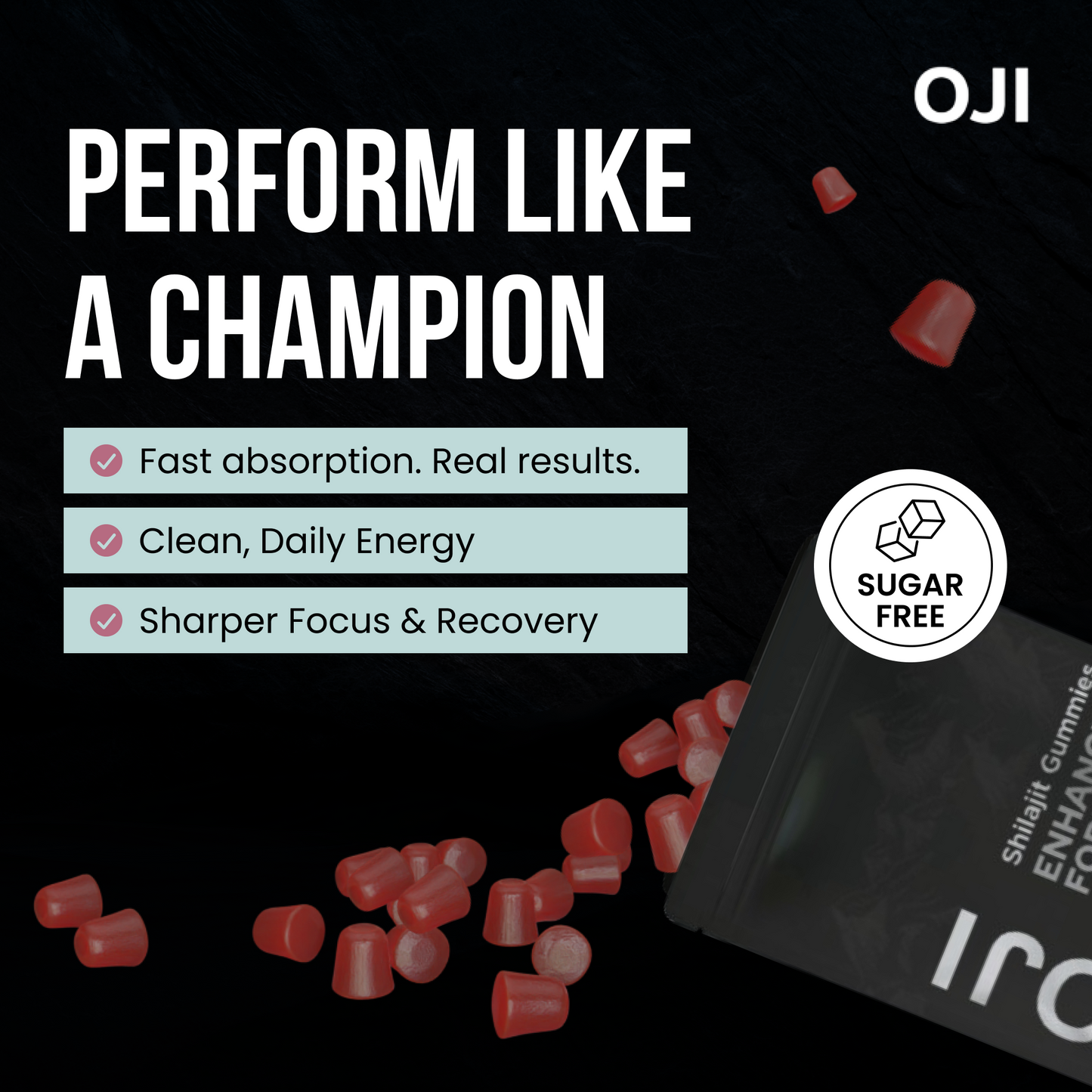Building cardiovascular endurance means training your heart and lungs to sustain physical activity for longer periods. You achieve this through consistent aerobic exercise, which strengthens your cardiovascular system, delivers more oxygen to your muscles, and boosts your overall stamina and health. This guide provides the actionable steps to get you there.
Why Cardiovascular Endurance Is Your Ultimate Health Metric
Feeling winded after a single flight of stairs or a short dash for the bus is your body’s signal to improve your cardiovascular endurance. This isn't just a fitness buzzword; it's a tangible measure of your heart's efficiency and a key indicator of your overall health.
Your cardiovascular system is your body's delivery network. Your heart, lungs, and blood vessels work together to pump oxygen-rich blood to your muscles, powering every move you make. When this system is in top shape, your body functions better.
The Real-World Benefits of a Stronger Heart
Improving your endurance is about making tangible upgrades to your daily life. A robust cardiovascular system delivers:
- More Day-to-Day Energy: Everyday tasks like carrying shopping or playing with your kids will feel easier, leaving you with more energy at the end of the day.
- Sharper Mental Focus: Better blood flow means more oxygen reaches your brain, helping you feel more alert and improving concentration.
- Reduced Health Risks: A strong heart works more efficiently. This leads to lower blood pressure and slashes your risk of developing chronic diseases.
This is a particularly urgent issue in the UK, where heart-related diseases are on the rise. Data from the British Heart Foundation (BHF) revealed that diagnoses for conditions like heart failure shot up by 21% in just four years, affecting 785,000 people by March 2024. These statistics are a wake-up call, showing why taking preventive steps—like learning how to build cardiovascular endurance—is more critical than ever. You can get the full picture on these heart health trends in the UK.
“Viewing cardiovascular fitness not as a chore, but as an investment in your well-being, is the first step. Small, consistent efforts create profound long-term health benefits that protect you for years to come.”
Ultimately, building this fitness is an empowering and achievable goal. It’s about taking proactive control of your health for a more energetic life, giving you the stamina to not just get through your day, but to actually enjoy it.
Mastering the Core Principles of Endurance

To build your cardiovascular endurance, avoid an "all or nothing" mindset. Pushing to your absolute limit every day is a surefire way to burn out or get injured.
Sustainable, long-term progress is built on three actionable principles: Frequency, Intensity, and Duration.
Mastering these gives you a clear framework for making smart, consistent progress without guesswork. Let’s break down how to use them to get real results.
How Often Should You Train?
Frequency is about how many times a week you elevate your heart rate. When building an aerobic base, consistency is king. Regular, moderate workouts are far more effective than a few scattered, intense sessions.
Your actionable goal is to aim for three to five cardio sessions per week. If you’re just starting, three sessions is a fantastic target. This gives your body ample time to recover and adapt between workouts—which is when the real improvements happen.
- Beginner Goal: Complete 3 days of cardio each week (e.g., Monday, Wednesday, Friday).
- Intermediate Goal: Build up to 4-5 days per week, mixing in different activities to keep things interesting.
Find a rhythm that fits your life. Don't plan six sessions if you can only realistically manage three. Consistency will always beat over-ambition.
Finding Your Ideal Workout Intensity
Intensity is simply how hard you're working. You don't need to be gasping for air to benefit. To build endurance, working at a moderate, sustainable pace is more effective.
The easiest way to measure this is the "Talk Test".
You are in the perfect intensity zone for endurance if you can hold a conversation while exercising. If you can only manage one or two words at a time, you're pushing too hard. If you could easily sing a song, it's time to pick up the pace.
This conversational pace is often called Zone 2 cardio, which is around 60-70% of your maximum heart rate. Training here teaches your body to use oxygen and burn fat for fuel more efficiently—the very definition of building endurance. For more specific advice, our guide on how to build endurance for running can help.
Gradually Increasing Your Workout Duration
Duration is the final piece—how long each workout lasts. If a 60-minute session feels intimidating, don't worry. You don’t have to start there.
Your first step is to complete 20 to 30 minutes per session. The goal is to finish the full time without stopping, even if it means slowing down. Once you can comfortably do that for a week, it’s time to progress.
Here’s a simple action plan for progression:
- Set Your Baseline: Start with a duration you can manage, like 20 minutes, three times a week.
- Increase by 10%: Once that feels comfortable, add about 10% to one or two of your weekly workouts. This might only be an extra 2-3 minutes.
- Hold and Adapt: Stick with this new duration for another week to let your body get used to it.
- Repeat: Continue this gradual cycle of increasing and adapting.
This slow-and-steady approach is the secret to building lasting stamina. It allows your body to adapt progressively, lowering your risk of injury and keeping you motivated as you get stronger.
Your Actionable Cardiovascular Training Blueprint
Knowing the principles of frequency, intensity, and duration is one thing; putting them into a weekly schedule is where you'll see real progress.
Here are three simple, week-by-week training plans to build your cardiovascular endurance, whether you're starting out or breaking through a plateau.
Remember this non-negotiable step: always start with a dynamic warm-up (like leg swings and arm circles) and finish with a static cool-down (holding gentle stretches). This is essential for maximising performance and preventing injuries.
For the Beginner Getting Started
If you're new to cardio, your mission is to build a habit and get comfortable moving your body. This plan uses low-impact, manageable sessions that won't leave you exhausted.
Focus on consistency, not intensity. If the run/walk intervals feel like too much, stick to brisk walking. The most important action is to listen to your body.
- Day 1: Brisk Walk (30 minutes). Maintain a pace where you can still chat.
- Day 2: Rest or Active Recovery. A gentle stroll or light stretching is ideal.
- Day 3: Walk-to-Run Intervals (25 minutes). Start with a 5-minute brisk walk. Then, alternate 1 minute of easy jogging with 2 minutes of walking for 15 minutes. Finish with a 5-minute cool-down walk.
- Day 4: Rest.
- Day 5: Brisk Walk (35-40 minutes). Extend your duration slightly while keeping the same conversational pace.
- Day 6 & 7: Rest or Active Recovery.
For the Intermediate Athlete Breaking Plateaus
If you have a decent base but feel stuck, it's time to introduce variety. This plan adds different activities and a touch of higher intensity to challenge your body in new ways.
Mixing in activities like cycling or swimming works different muscles and gives your joints a break. The weekly High-Intensity Interval Training (HIIT) session is your key to boosting fitness.
- Day 1: Moderate Run (45 minutes). Settle into a steady, comfortable pace you can maintain for the entire run.
- Day 2: Cross-Training (45-60 minutes). Use a bike, swim, or row. The goal is to challenge your cardiovascular system without the high impact of running.
- Day 3: Rest or Active Recovery.
- Day 4: HIIT Session (20-25 minutes). After a warm-up, go all-out for 30 seconds (sprints, burpees), followed by 90 seconds of complete rest or slow walking. Repeat for 8 rounds.
- Day 5: Rest.
- Day 6: Long, Slow Endurance (60-75 minutes). This is your longest workout. Choose an activity—running, hiking, cycling—and focus on moving at a low, steady intensity.
- Day 7: Rest.

To make it even clearer, here is a sample weekly schedule you can adapt.
Sample Weekly Cardiovascular Training Schedule
| Day | Beginner Workout (30-40 mins) | Intermediate Workout (45-60 mins) |
|---|---|---|
| Monday | Brisk Walk | Moderate Run (45 mins) |
| Tuesday | Rest / Light Stretching | Cross-Training (Cycle/Swim) |
| Wednesday | Walk-to-Run Intervals | Rest / Active Recovery |
| Thursday | Rest | HIIT Session (20-25 mins) |
| Friday | Brisk Walk (Longer) | Rest |
| Saturday | Active Recovery (e.g., Yoga) | Long, Slow Endurance (Run/Hike) |
| Sunday | Rest | Rest |
Feel free to move days to fit your schedule, but stick to the pattern of alternating harder and easier days. This is the key to consistent, injury-free progress.
As you train harder, recovery becomes crucial. While a solid diet is your foundation, consider how supplements for endurance can provide extra support. Fuelling your engine properly is just as important as the training itself.
Fueling Your Engine for Peak Stamina

Even the best training plan will fail if your nutrition is off. Building cardiovascular endurance depends just as much on what you eat as it does on the workouts you complete.
Eating for stamina is straightforward: give your body the right fuel at the right time. Focus on making smart, consistent choices that power you through workouts and speed up recovery.
The Macronutrients That Build Endurance
To get the most from your training, you need a balance of carbohydrates, protein, and healthy fats. Each one plays a critical role.
Complex Carbohydrates: Your Main Fuel Source
Actionable step: Eat complex carbs like oats, brown rice, sweet potatoes, and quinoa. They break down slowly, providing a steady stream of energy to your muscles. This prevents you from "hitting the wall" mid-workout.
Lean Protein: The Repair Crew
Actionable step: Consume lean protein from sources like chicken, fish, tofu, and beans. Training creates tiny tears in your muscle fibres; protein provides the amino acids to repair this damage, making your muscles more resilient.
Healthy Fats: The Unsung Hero
Actionable step: Include healthy fats from avocados, nuts, seeds, and olive oil in your diet. They support cell function, reduce inflammation, and serve as a long-term energy reserve for longer, less intense workouts.
Proper nutrition is more than just fuel; it's a foundational part of your cardiovascular health. The right foods not only enhance performance but also contribute to a healthier heart and vascular system, which is a critical aspect of long-term well-being.
This bigger picture is vital. In the UK, cardiovascular disease (CVD) accounts for one in every four deaths in people under 75. Building endurance through exercise and a heart-healthy diet is one of the best actions you can take to fight back.
Timing Your Nutrition for Maximum Impact
What you eat is crucial, but when you eat can make a huge difference. Implement these simple pre- and post-workout nutrition steps to boost performance and recovery.
Pre-Workout Fuel
Actionable step: Eat a snack 60-90 minutes before you train. Choose easily digestible carbs with a little protein to top up energy stores.
- A banana with a spoonful of peanut butter.
- A small bowl of porridge with berries.
- A slice of whole-grain toast with honey.
Post-Workout Recovery
Actionable step: Eat within 30-60 minutes after you finish. Your body is primed to absorb nutrients. Combine carbohydrates to restock energy stores and protein to kick-start muscle repair.
- Grilled chicken with roasted sweet potatoes and broccoli.
- A quinoa salad with chickpeas and mixed vegetables.
- A protein smoothie with Greek yoghurt and fruit.
Nailing your nutrition is a game-changer. You can learn more by reading our guide on how to increase stamina with key diet and lifestyle tweaks.
The Simple Science of Hydration
Hydration is one of the most critical—and overlooked—parts of endurance training. Even a 2% loss in body weight from sweat can cause a massive drop in performance, leading to fatigue, cramps, and poor focus.
Follow this simple, three-step hydration process:
- Before: Drink around 500ml of water in the two hours before your session to start fully hydrated.
- During: For workouts under an hour, sip water. For longer or more intense sessions, choose a drink with electrolytes to replace salts lost through sweat.
- After: Rehydrate gradually over the next few hours to help your body absorb the fluid properly.
When you dial in your nutrition and hydration, you’re not just training harder, you’re training smarter. You give your body the fuel it needs to adapt, recover, and build the cardiovascular endurance you want.
The Unsung Heroes of Progress: Recovery and Consistency

The real, lasting gains in your cardiovascular endurance are made in the quiet moments between workouts.
Pushing your body is only half the battle. Without a smart approach to recovery and a commitment to consistency, your progress will stall, or worse, you could end up injured.
Think of it as a cycle: workouts signal your body to adapt, but the adaptation only happens when you give it the time and tools to repair itself. Skipping this step leads to burnout and injury.
Embrace Active Recovery Techniques
Recovery isn't just about resting on the sofa. Active recovery involves low-intensity activities that soothe sore muscles and boost blood flow, speeding up the repair process. It's the secret to feeling fresh for your next session.
Here are simple techniques to implement:
- Foam Rolling: Gently roll over key muscle groups like your quads, hamstrings, and calves to release tightness. A few minutes after a cool-down or on a rest day is all you need.
- Gentle Stretching: Hold static stretches for 20-30 seconds each. This improves flexibility and eases tension in overworked muscles.
- Light Movement: Take a leisurely walk or a very slow cycle the day after a tough workout. This keeps blood moving without adding more stress to your system.
Make Sleep Your Non-Negotiable Priority
If there’s one action that will supercharge your recovery, it's sleep. During deep sleep, your body releases growth hormone, which is essential for repairing muscle tissue and strengthening your cardiovascular system.
When you consistently get 7-9 hours of quality sleep, you're not just resting—you're actively building a stronger, more resilient body. Sacrificing sleep is one of the quickest ways to sabotage your endurance goals.
This isn’t just about performance; it’s a matter of public health. Heart and circulatory diseases cost the NHS in the UK around £12 billion a year, with a wider societal cost of £28 billion. On an average day, UK hospitals see about 270 admissions for heart attacks. This highlights how critical it is to take proactive steps like prioritising recovery. You can dig deeper into these UK heart disease statistics to see the full picture.
The Power of Unwavering Consistency
The best training plan is useless if you don't stick to it. Consistency is what turns sporadic workouts into genuine, long-term progress.
Since motivation can fade, you need a system to keep you going.
Actionable Tips for Staying on Track:
- Set Mini-Goals: Instead of focusing on a distant end goal, set small, weekly targets. For example, "complete three workouts this week" or "add one minute to my longest run."
- Find an Accountability Partner: Team up with a friend. Knowing someone is counting on you makes you far less likely to skip a session.
- Schedule Your Workouts: Treat training like an important meeting. Block out time in your calendar and protect it.
Building cardiovascular endurance is about mastering the rhythm of effort and rest. It requires listening to your body, knowing when to push, and knowing when to pull back. This balanced approach builds sustainable, lifelong fitness.
Common Questions About Building Endurance
Starting a new fitness journey brings questions. Here are clear answers to the most common queries about building cardiovascular endurance.
How Long Until I See Results?
While every body is different, you can expect a general timeline. Most people start feeling small improvements within four to six weeks of consistent training. These are subtle changes, like not feeling as winded on stairs or your heart rate recovering faster after a walk. These are the first signs your system is adapting.
More significant, measurable changes—like a lower resting heart rate or faster times over a set distance—typically appear after about eight to twelve weeks. Stick with it. Patience and consistency are your keys to success.
HIIT vs Long Slow Cardio: Which Is Better?
A smart training plan needs both. They are different tools that work brilliantly together.
Long, steady-state cardio builds your aerobic base, training your body to be more efficient at using oxygen. HIIT is your tool for pushing your top-end fitness (your VO2 max) and breaking through performance plateaus.
For the best results, balance both. An effective approach is to schedule two or three longer, moderate-intensity sessions and one solid HIIT session each week. This combination builds deep stamina and peak performance.
Can I Build Endurance Just by Lifting Weights?
While high-rep circuit training can elevate your heart rate, it is not the most effective tool for building primary cardiovascular endurance. True endurance is built by sustained aerobic activities like running, cycling, or swimming.
However, strength training is a vital partner to your cardio work.
- Injury Prevention: Stronger muscles, tendons, and joints provide better support, dramatically reducing your risk of common overuse injuries.
- Improved Power and Efficiency: A stronger lower body means every stride or pedal stroke is more powerful, making your cardio sessions feel easier.
Think of it this way: cardio builds the engine, and strength training builds a tougher chassis. You need both to perform your best.
What Are the Best Ways to Track Progress?
You don't need expensive gadgets. The most powerful indicator is simply noticing how you feel. That hill that used to exhaust you will gradually feel more manageable.
For more concrete data, use these simple methods:
- Time Over Distance: Choose a set route, like a 1-mile run or a 5km cycle, and time yourself every few weeks. Watching your time decrease is highly motivating.
- Monitor Resting Heart Rate: If you have a fitness tracker, use it. As your heart gets stronger, it works less hard at rest. A lower resting heart rate is a clear sign of improved fitness.
Ready to support your body's energy production and recovery from within? The powerful blend of fulvic acid and over 85 trace minerals in Oji Shilajit is designed to help you build stamina and reach your endurance goals. Discover how our enhanced Shilajit gummies can become a key part of your fitness journey at https://myoji.co.uk.





